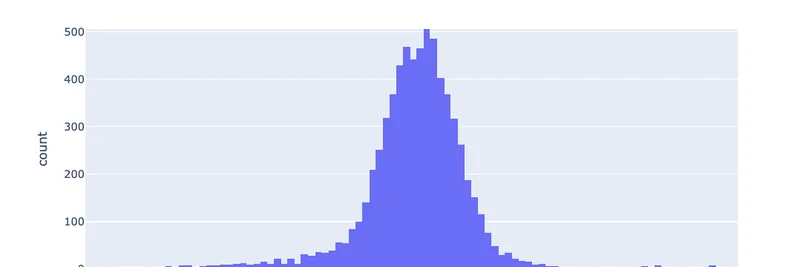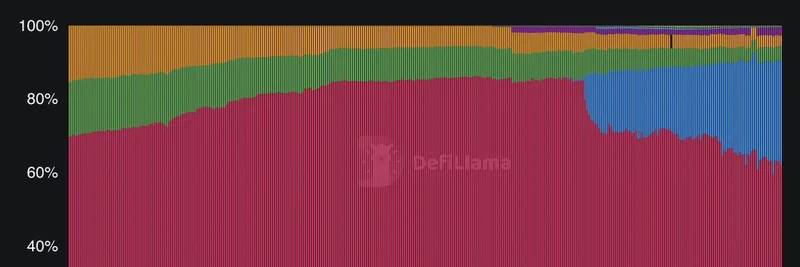If you're trading SOL for USDC, you might be leaving money on the table by sticking with centralized exchanges like Binance. A recent analysis shared on X by @kiryl_sol highlights how Solana's decentralized exchanges (DEXs) are crushing it compared to Binance, potentially saving you hundreds of dollars per trade.
In his thread, Kiryl, who's building the real-time wallet tracker RayBot, breaks down the data for SOL to USDC swaps. The key takeaway? When you account for Binance's 10 basis points (bps) fee—that's 0.1%—on-chain trades on Solana deliver better realized prices in a whopping 99.8% of cases. Realized price here means the actual price you get after all fees and slippage, so this is real-world savings.
As the chart shows, swapping $10,000 worth of SOL on a Solana DEX could net you about $10009 after fees, compared to just $10000 on Binance. That's a clear 9bps edge on average, but it can go up to 10bps or more depending on the router you use.
Why DFlow Stands Out
DFlow Protocol takes the crown in this comparison. It consistently offers tight execution, effectively saving users around 10bps compared to Binance. If you're a frequent trader, especially in the volatile world of meme tokens on Solana, this adds up fast.
The histogram above illustrates DFlow's performance. Most trades show a price improvement of 0.08% to 0.12% (8-12bps), peaking right around 10bps. It's reliable and efficient, making it a go-to for blockchain practitioners looking to optimize their trades.
Jupiter and Titan: Solid Contenders
Not far behind are Jupiter and Titan. These aggregators usually save you 5-10bps over Binance. Jupiter, a popular DEX aggregator on Solana, routes your trades to the best liquidity sources, ensuring you get competitive prices without the hassle.
Jupiter's distribution peaks at about 8-9bps improvement, as seen in the chart. It's a dependable choice for everyday trading, including snagging those hot meme tokens early.
Titan follows a similar pattern, offering consistent savings in that 5-10bps range. If you're building a portfolio of Solana-based memecoins, these platforms help keep more of your gains in your wallet.
JupiterZ: The Wildcard Option
Then there's JupiterZ, which Kiryl calls the wildcard. It can deliver massive wins—up to 20bps better than Binance—but sometimes dips to just 6bps due to its smaller fee structure. This variability comes from its design, which prioritizes speed and low costs but can lead to less predictable outcomes.
Looking at the data, JupiterZ shows a broader spread, with some trades even in the negative (though rare), but frequent peaks around 10-15bps. It's great for risk-takers in the meme token space who want potential upside.
Kiryl credits @0xrwu for suggesting Binance as the benchmark and plans to open-source the full data and analysis soon. This transparency is huge for the community, allowing devs and traders to dive deeper.
What This Means for Meme Token Traders
For those of us in the meme token ecosystem, this is game-changing. Solana's low fees and fast transactions already make it a hotspot for memecoins, but now we have proof that on-chain trading beats centralized giants like Binance in efficiency. Whether you're flipping the latest pump or holding long-term, using DEXs like DFlow, Jupiter, or Titan can boost your returns.
If you're new to this, start by checking out these platforms. Connect your wallet, and see the difference yourself. And keep an eye on Kiryl's updates—more insights like this could shape how we trade in 2025 and beyond.
Stay tuned to Meme Insider for more on Solana's evolving landscape and how it impacts meme tokens.


